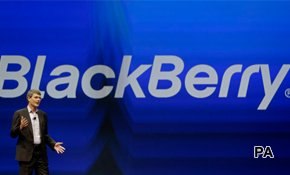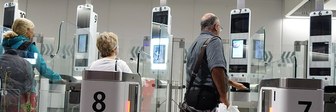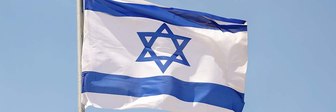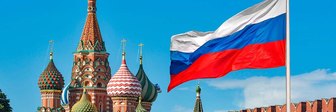Shares in BlackBerry, the smartphone manufacturer, plummeted last week after it reported a shock loss.
Nearly $2bn was wiped off the value of the company after it announced a loss of $84 million for the three months to 1 July. Analysts had been expecting the company to make a modest operating profit.
The news came just days after BlackBerry unveiled its latest enterprise solution, Secure Work Space, which lets Android and iOS users separate their work and personal information. In practical terms, this means that the company is able to extend its enhanced security platform to the benefit of Android and iOS users.
Using YouGov’s social media analysis tool, SoMA, we are able to analyse the impact of both of these events on Twitter.
Reach
On 25 June, the day Secure Work Space was launched, we can see that 11.5% of the Twitter population were exposed to a mention of BlackBerry. On 28 June, the day that it announced its surprise loss, we can see that a much more significant 30.2% of the Twitter population were exposed to a mention of the brand - a significant increase.
However BlackBerry reached its greatest audience on 26 June when 50.2% of the Twitter population were exposed to a mention of the brand on their private Twitter feeds.
Volume of Tweets
So what was behind these reach figures? By looking at the ‘volume of tweets’ – that is the amount of tweets that were heard about the brand on each of these days – we can see what was responsible for the spikes in activity.
Although BlackBerry reached the most number of users on 26 June, there was a lower volume of tweets on this day than on the 25 and 28 June.
Furthermore, while Blackberry only reached 11.5% of the Twitter population on the 25 June, the volume of tweets on this day (142 per 1000 panellists) was almost as high as on 28 June (152 per 1000 panellists) when 30.2% of the population heard about the brand on their private feeds.

Insights
- On 25 June, the day Secure Work Place was launched, we can see that while there was a significant increase in the amount of tweets about the brand, this did not translate into an increase in the amount of users that heard about the brand. This would suggest that the launch reached fewer consumers than the volume of tweets would suggest.
- On 26 June, the pattern (low volume high reach) indicates that an influential tweeter had a significant role to play. By looking at the verbatim comments we can see that Stephen Fry tweeted about Blackberry to his 5.9 million followers: “Well! Fabulous day at Wimbledon, but entirely forgot phone. Managed to charge the BlackBerry Q10 which I left in the car, battery dead”. This demonstrates that although there were fewer tweets about the brand, one influential tweeter ensured that many users were exposed to Blackberry on this day.
- On 28 June, we can see that an increase in volume is correlated with an increase in reach.
This analysis demonstrates the importance of looking at reach in the context of the volume of tweets. That is to say, just because a significant number of people are talking about your brand doesn’t necessarily translate into a lot of people hearing about your brand.








